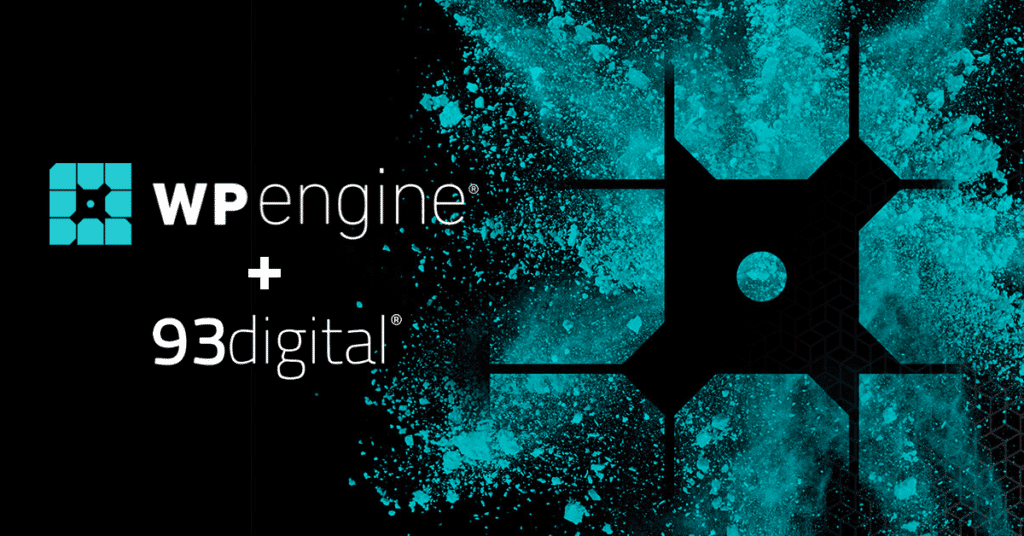Enterprise WordPress Security: Key Tips to Keep Your Site Secure

Lately, we’ve been digging into the topic of enterprise WordPress security. We started by sharing ten security-conscious organisations who rely on WordPress, including the US White House and Facebook.
While these mission-critical organisations put their trust in WordPress, WordPress sites do still get hacked, unfortunately, and our most recent post dug into the data on how those sites actually get exploited.
Thankfully, almost all the issues stem from user error and bad practices, and can be prevented by implementing the right WordPress security tactics.
That’s what this post is about – how to secure your enterprise WordPress site and keep your business humming along smoothly.
We’ll share some of the biggest security considerations to pay attention to, as well as some smaller tips that can further bolster your WordPress site’s security.
How to Secure WordPress from an Enterprise Perspective
Here are four of the biggest tactics that you can implement to keep your enterprise WordPress site secure…
1. Keep Everything Updated (All the Time)
In our data-backed investigation of how WordPress sites get hacked, we noted that running out-of-date WordPress software is one of the most common ways that WordPress sites get into trouble.
It makes sense – while the WordPress Security Team is quick to patch vulnerabilities before disclosing them to the public, the Security Team does still follow a policy of responsible disclosure, which means it’s important to quickly apply security updates before those exploits are out in the wild.
The same holds true for any themes and plugins that you’re using at your site.
For rapid deployment, you can use staging sites to quickly test security updates before applying them to your live site.
For major WordPress updates (i.e. those not directly concerned with security), you can run a longer testing cycle, but you should still try to update as promptly as possible.

WordPress Security Guide
Download2. Be Careful with Third-Party Extensions
One of the things that people love about WordPress is its huge third-party plugin library… and one of the things that makes WordPress vulnerable is also its huge third-party plugin library.
There are tens of thousands of pre-made themes and plugins that let you customise exactly how your WordPress site looks and functions.
However, for an enterprise WordPress site, that can be a double-edged sword.
Each extension has a separate developer, and there’s no way to guarantee the responsiveness of individual developers or the quality of their work without undertaking a full audit of each plugin.
There are two ways to avoid security issues with the extensions that you use on your WordPress site. First, you can judiciously choose extensions from only high-quality developers with a track record of success.
For example, we often use the Yoast SEO plugin as the SEO building block for WordPress sites that we build. Yoast has been around for a long time, has a dedicated development team, and is used by well over five million WordPress sites. That’s why many major organisations put their trust in it.
Second, for essential functionality, you can consider taking things in-house (either with a fork of an existing plugin or by building something from scratch). While it requires a little more work and ongoing maintenance, this gives you full control and the ability to quickly deploy patches as needed.
3. Lock Down Your Login Page and Enforce Strong Passwords
Controlling access to your site is another essential element of enterprise WordPress security, as brute force attacks and password theft are another common attack vector, according to the data.
Here, WordPress gives you a few different routes, and you can pick the approach that best balances your site’s security and usability needs. Some options that are easy to implement via existing high-quality extensions are:
- Two-factor authentication using a variety of two-factor methods, including text message, smartphone app (via TOTP or HOTP), or physical keys (e.g. FIDO).
- Limiting failed login attempts and automatically blocking IP addresses that exceed a certain threshold.
- Only whitelisting certain IP addresses for login.
- Enforcing strong password usage for all registered users at your site.
- Moving your WordPress login page away from the default URL structure (the security benefits of this are limited, but it also helps cut down on bot traffic, which is beneficial by itself).
4. Utilise User Roles and Capabilities to Further Lock Down Access
Once users are logged in to your site, WordPress comes with a robust user access permissions system that lets you control exactly which actions each user, or class of users, is able to take.
Here, you’ll want to follow the Principle of Least Privilege and only permit users to perform the minimum number of actions that are absolutely necessary to their job.
For example, if you have a contributing author, you don’t want them to be able to edit existing content on your site or publish content to your live site. Instead, you’d likely only want them to be able to work with their own content and submit it for review.
WordPress roles and capabilities help you achieve this, and you’ll want to set up a custom system of roles and capabilities that meets your business’ unique needs.
There’s More – But You Don’t Have to Do It Alone
Beyond the major WordPress security tips above, there are plenty of smaller techniques that can further harden your WordPress website’s security. You can implement tactics like:
- Installing an SSL certificate and using HTTPS for secure data transmission.
- Integrating a web application firewall (WAF).
- Ensuring correct file permissions.
- Hardening your WordPress dashboard, by removing the ability to install extensions from the dashboard and disabling in-dashboard code editing.
- Disabling XML-RPC and the REST API (only if you’re not using those technologies).
- Using Cloudflare or Sucuri to protect against distributed denial of service (DDoS) attacks.
And you’ll also want to choose a secure hosting environment, along with the latest versions of PHP and other critical technologies that WordPress uses.
Thankfully, you don’t have to handle Enterprise WordPress security by yourself. With a partner like 93digital, you can leave creating a secure WordPress environment to experienced professionals, which lets you focus on the important task of growing your business.
Let’s Talk
Do you have a web design and build project coming up that you would like to talk about?

93digital recognised as WP Engine ‘Strategic Partner’

93digital founder featured in Net Magazine
Let's Talk
Do you have a web design and build project coming up that you would like to talk about?